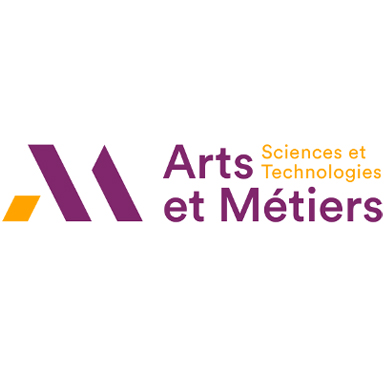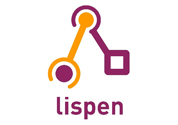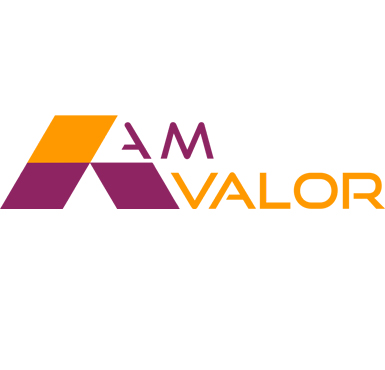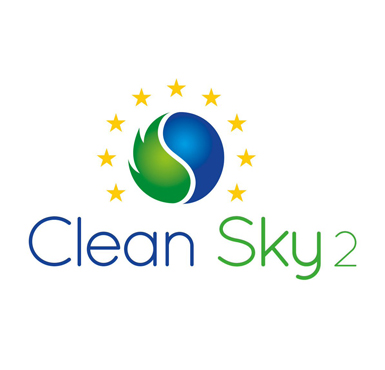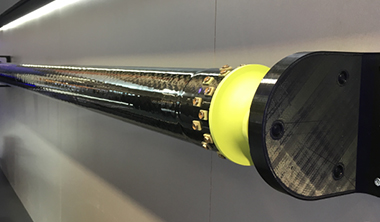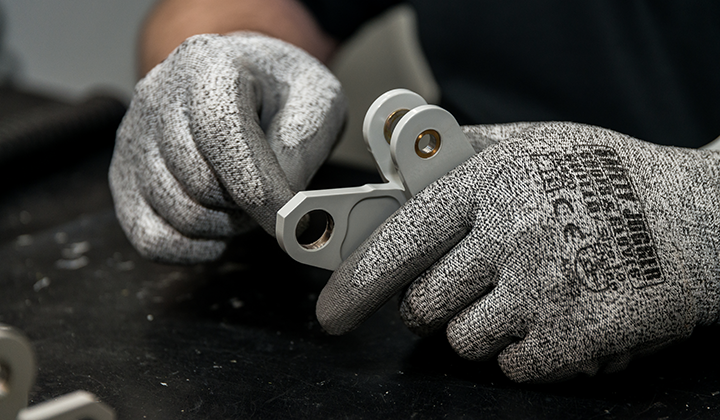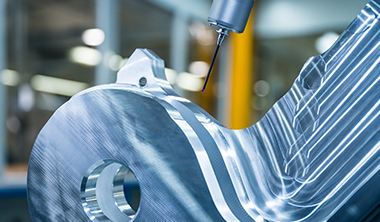THE STEADIEST PROJECT
(Supercritical composiTE mAin DrivE SysTem)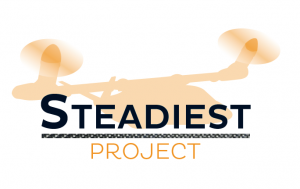
What is the Steadiest project?
It is a project that is part of the Clean Sky 2 call for projects which aims, through innovative and cutting-edge technology, to reduce CO2, gas and noise emissions produced by airplanes.
The Steadiest project was born from a problem raised by the industrialist Leonardo and aims to develop an entire mechanical power transmission chain for a convertible type device: a tilt rotor helicopter or tilt rotor.
NEXTEAM GROUP is committed to this project with the desire to advance technology in aeronautics and develop dynamic overall design and manufacture.
3 lines of research
The research works focus on:
- Optimization of mass through the use of composite materials: combine the long lengths involved with theoretically antagonistic weight gain and comfort.
- Improving the vibration level and stability of shafts via innovative features (semi-active devices)
- The predictive approach to maintenance operations via an integrated monitoring system
A complete transmission 10 meters long will be delivered at the end of 2022 for the first tests on a convertible demonstrator.
The consortium: 3 partners
NEXTEAM GROUP is responsible for the general definition of the transmission chain and the manufacture of connecting components (bearing, coupling between shafts). This project mobilizes 10 employees in the design and production offices.
CONSEIL ET TECHNIQUE will manufacture the composite tubular part of the shafts.
ARTS et METIERS will take care of the vibratory studies.
Follow the progress of the project :
November 2021 – Steadiest project : waypoint
Avril 2021 – The Steadiest project : technological challenges
November 2020 – Steadiest project team participates to SAMPE 2020
September 2020 – Steadiest project continues his development
November 2019 – European commission selects the Steadiest project
Find out our presentation video :

This project received funding from the European research and innovation program H2020 Clean Sky2 under the grant agreement n°831948.
Ours partners

